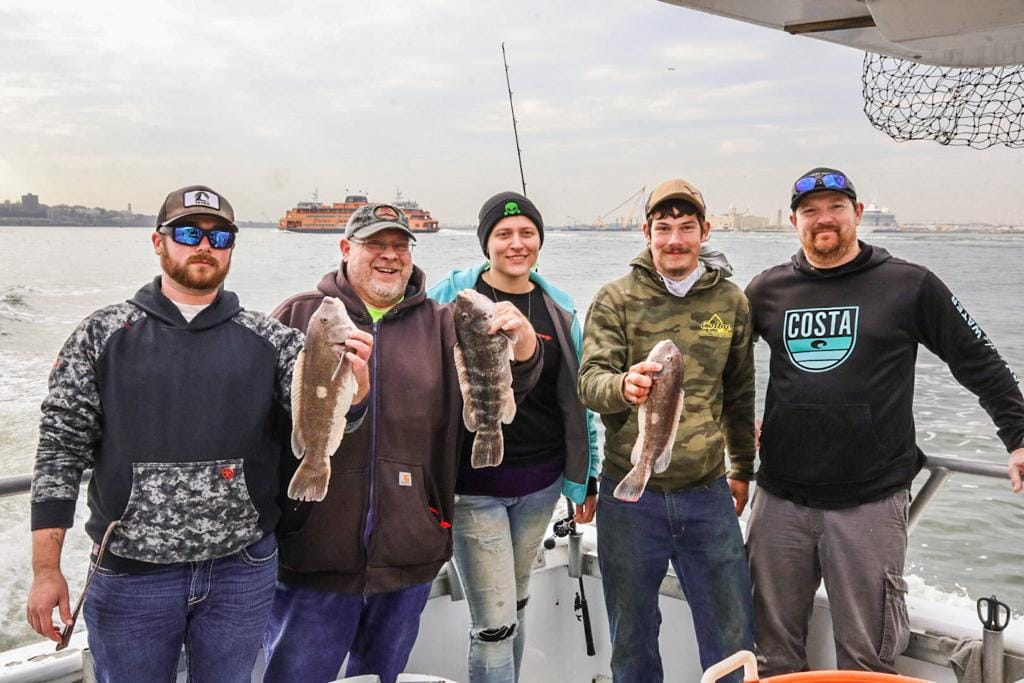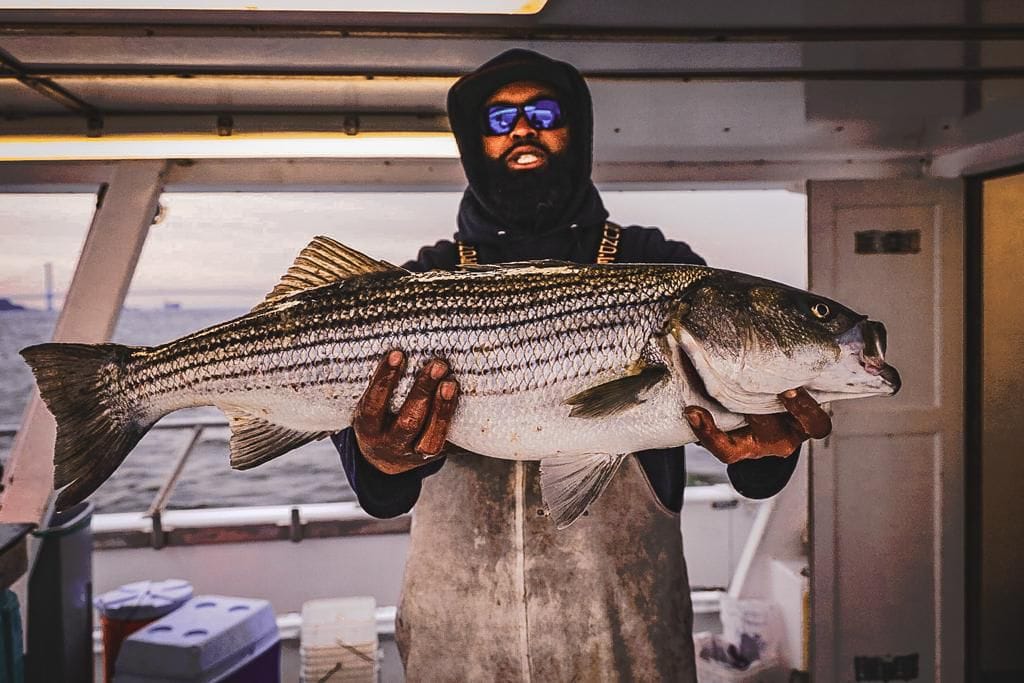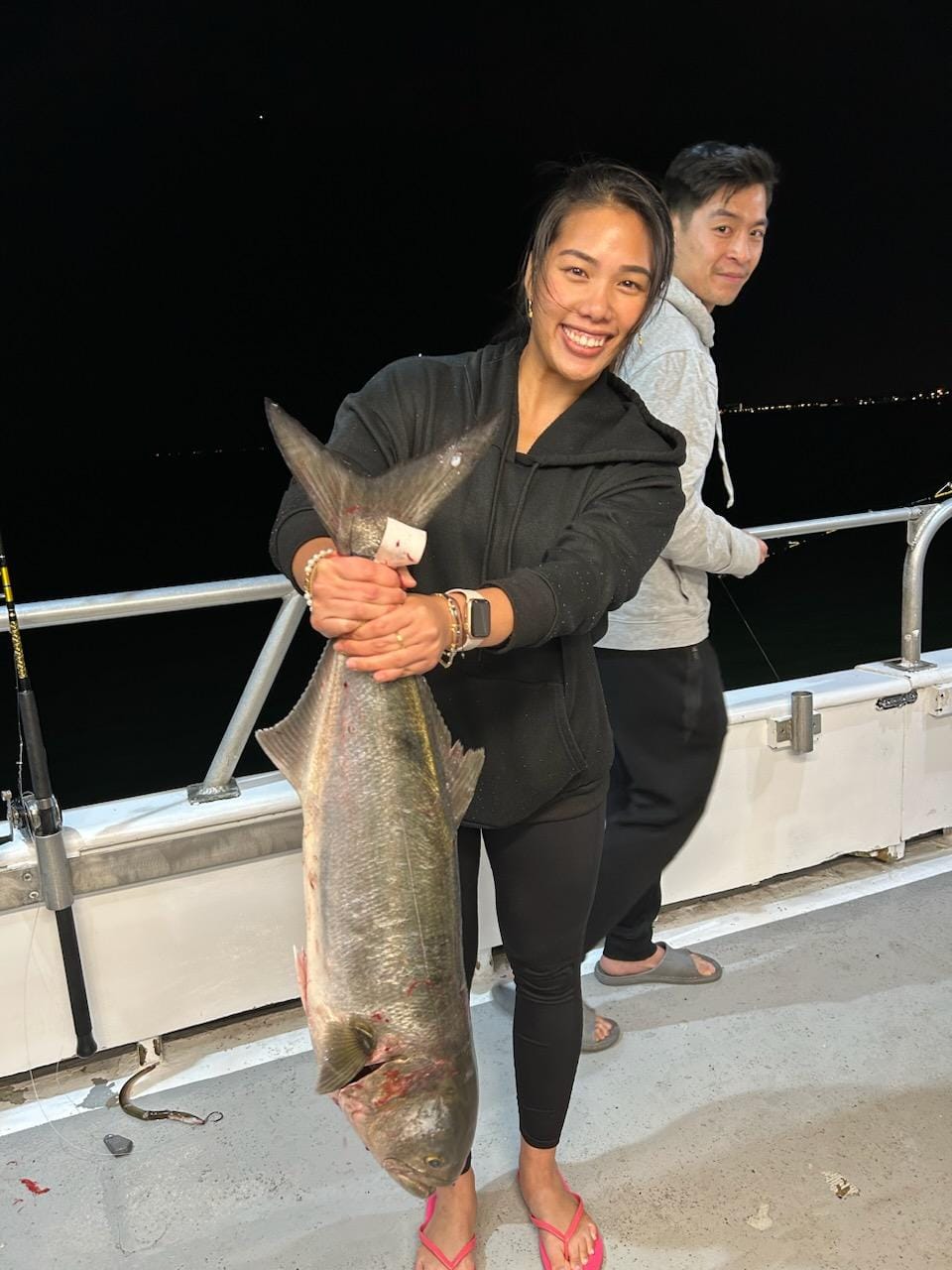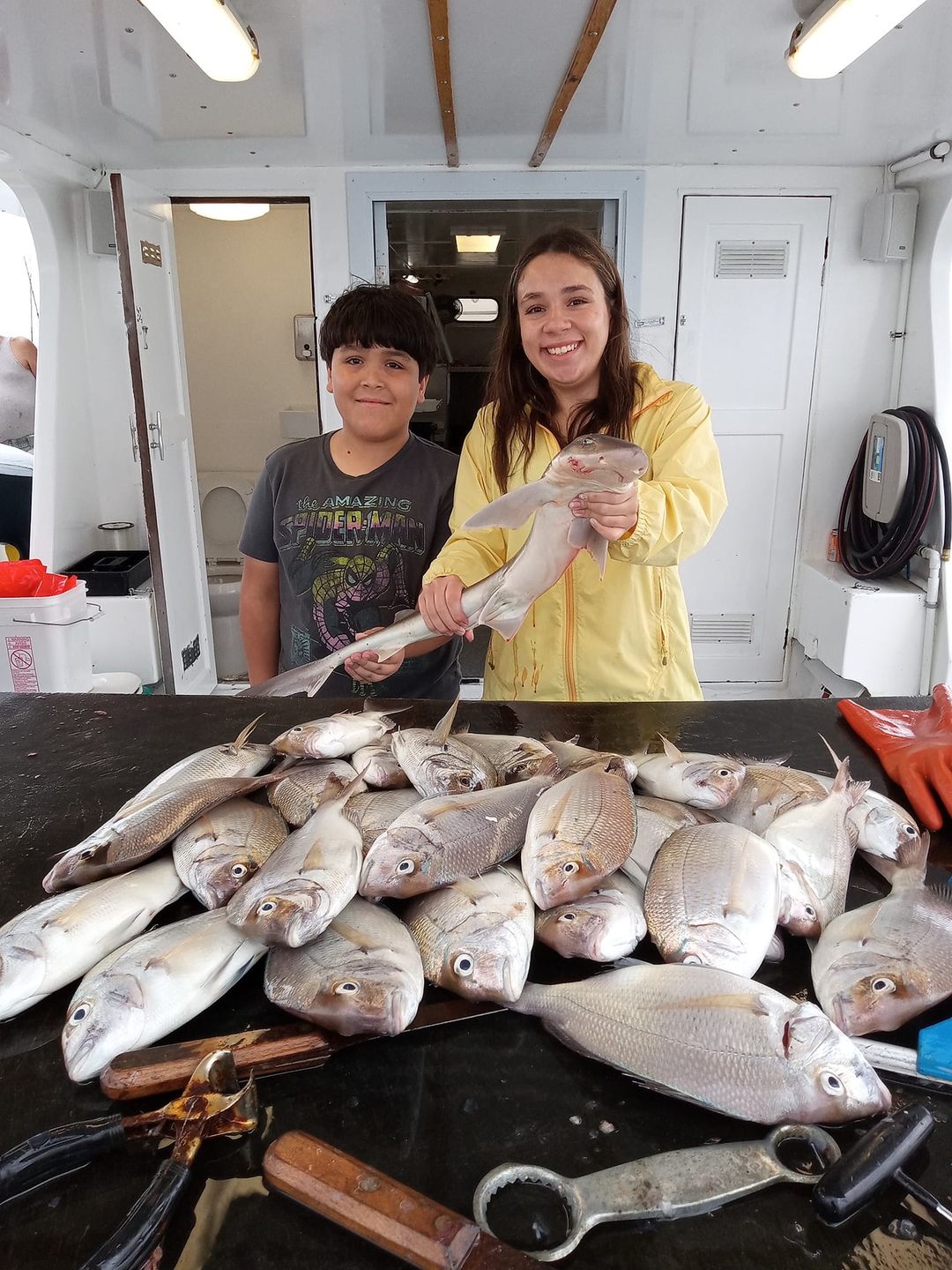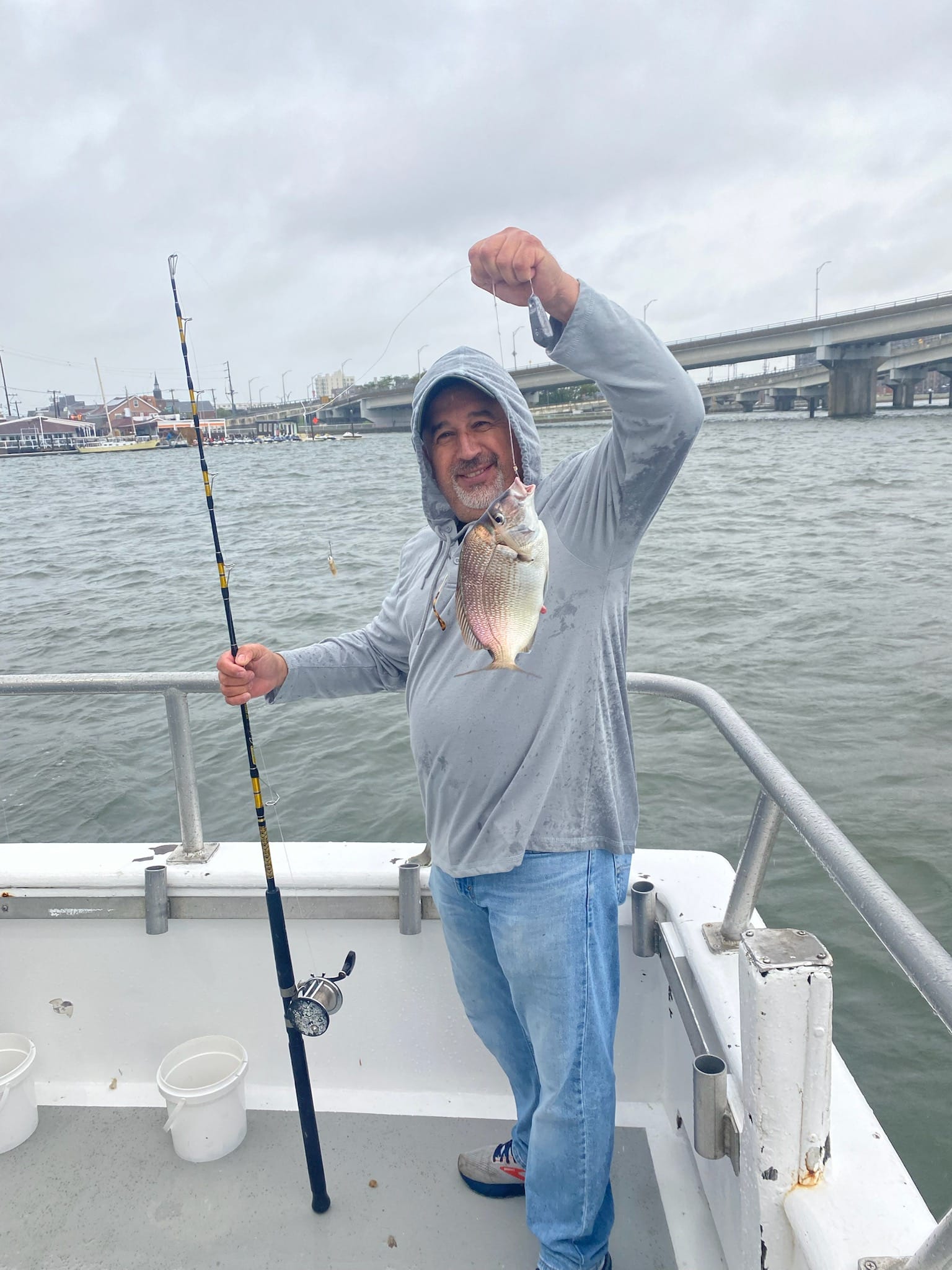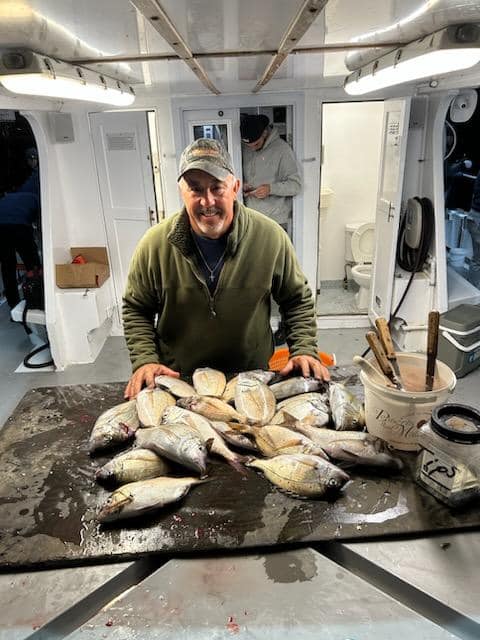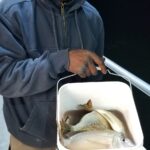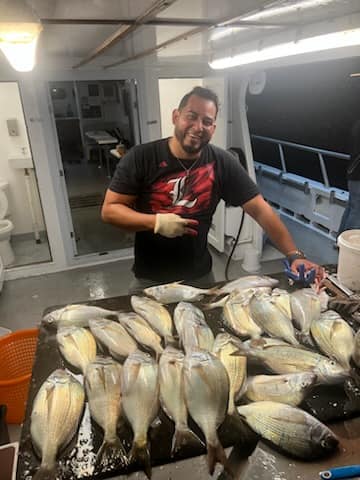
Of all the potential ways to improve your diet, seafood tends to be a very popular choice. As most fish are low in saturated fats and high in protein, it can be easy to see why. And of these popular choices, the porgy fish has become quite in demand recently.
An east coast saltwater fish, porgy can be caught in a large quantity quite easily and has a similar flavor profile to that of red snapper or tilapia. With delicious meat and skin that crisps well, porgy’s low price, large population, and high quality have made it quite a common restaurant fish in recent years.
Notable Species of Porgy
There are many different types of porgies in the ocean. Depending on what part of the Atlantic Ocean you are fishing in, what you pull out of the water could look or taste significantly different than what you are expecting.
It’s important to know what kind of porgy you are buying, as there is even a specific variety that can be hallucinogenic. We’ll be discussing that variant of porgy, don’t worry. If you would like to learn a little bit more about the different types of porgies out there in the ocean, some of them include:
- Scup – The most common porgy on your plate, Scup is a popular species found in along the east coast of North America. Scup has a reputation for a delicate flavor and is often fished for both its recreational and commercial benefits.
- Sheepshead – This species of porgy can be caught all along the western coast of the Atlantic Ocean, but is commonly found along the eastern coast of the United States like Scup. Unlike Scup however, Sheepshead has firm flesh and boasts a sweeter, mild flavor.
- Jolthead – Commonly fished in the western Atlantic Ocean as well, Jolthead are easily recognized by their large and protruding foreheads. This porgy is known for its fighting strength by different fish anglers, as well as its delightful taste.
- Red Porgy – Red porgy are also found in the western Atlantic Ocean, but specifically in the Gulf of Mexico. With a firm texture and mild flavor, the red porgy is most commonly used for finer culinary meals.
- Salema Porgy – This species of porgy is native to the east Atlantic Ocean, specifically the east coast of Africa. Studies have found that the effect of the Salema Porgy’s toxins are similar to taking LSD, potentially causing days of vivid hallucinations. Salema Porgy will never be served to you or available for purchase at a common fish market, but it is important to know the difference.
Understanding the different kinds of porgies is more than just knowing what part of the ocean your food came from. Porgies have a wide variety of flavors and consistencies, so understanding the different species available to you can help you plan nutrition plans and meals accordingly.
Whichever porgy you go with, you can count on finding an affordable and delicious fish that will play well with the rest of your dietary needs.
